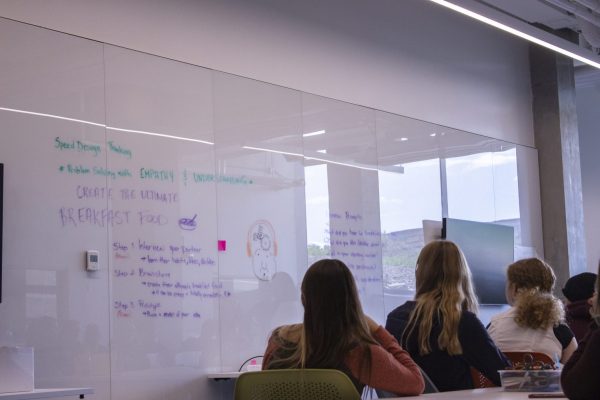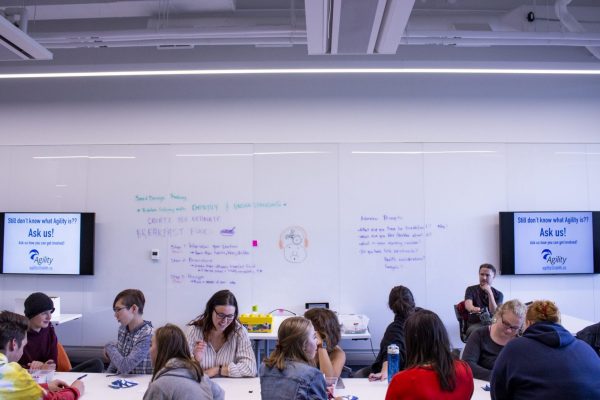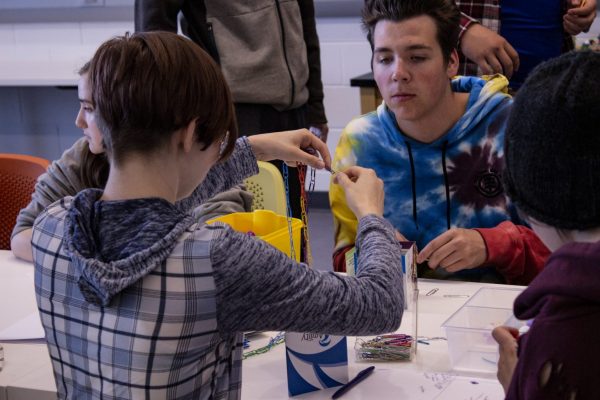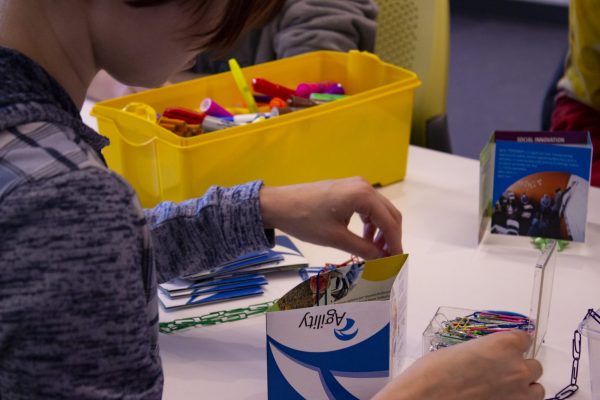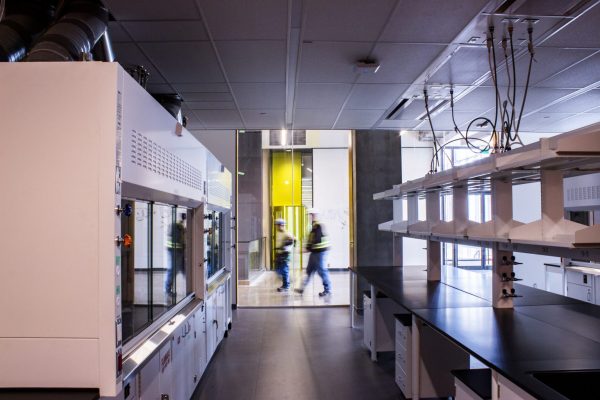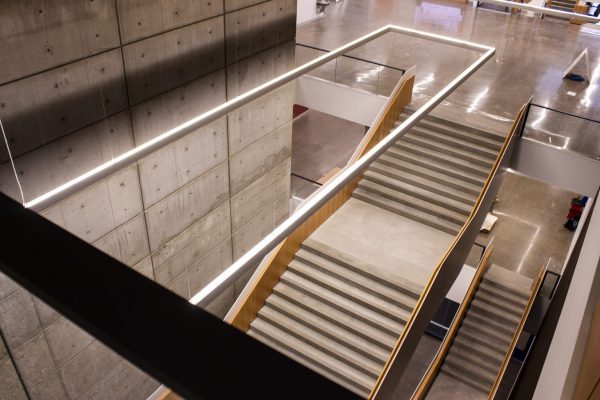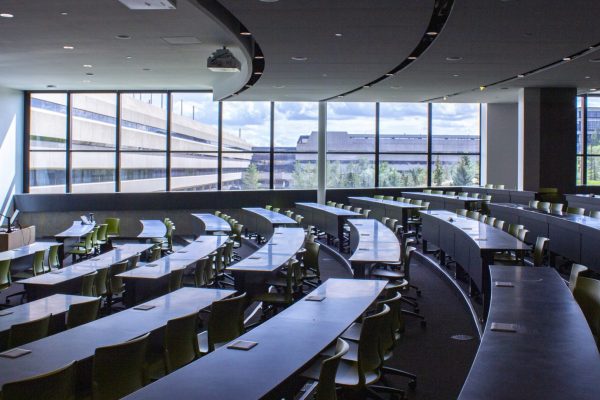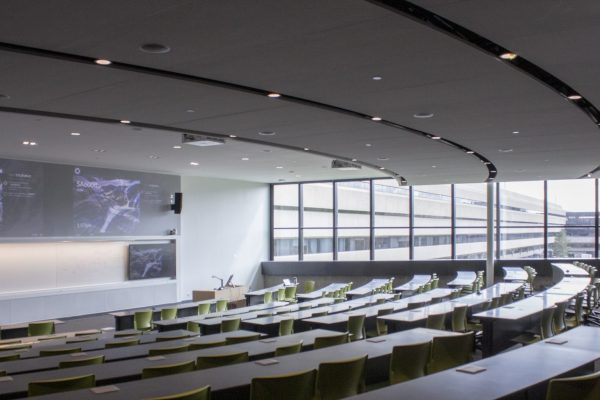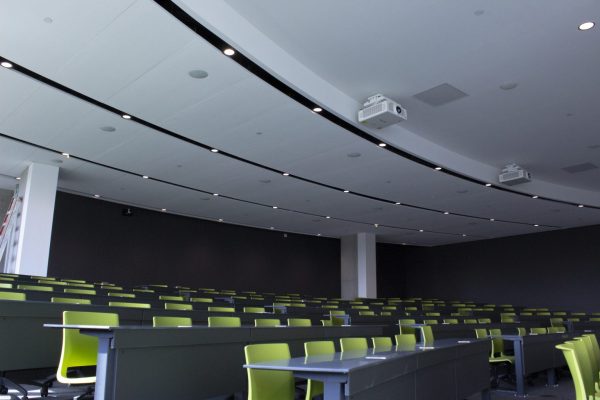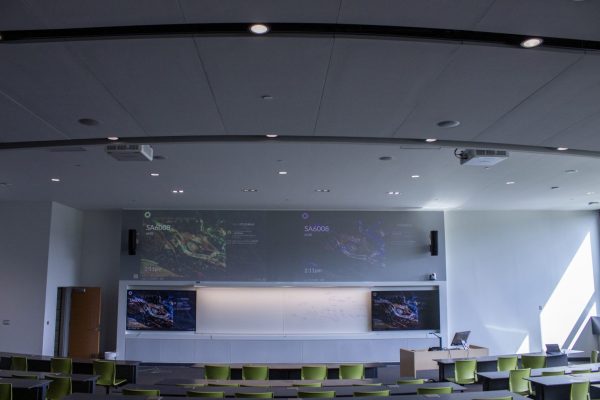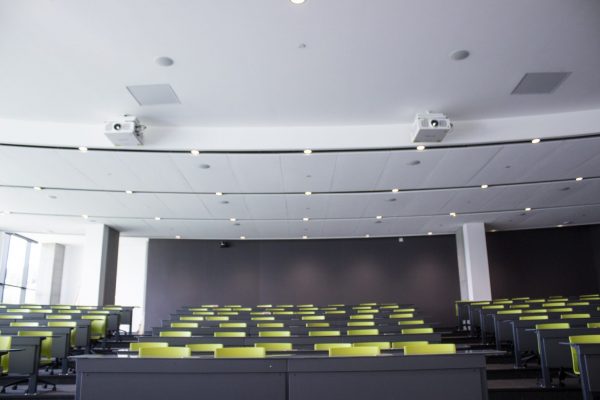Agility Innovation Zone:
- Agility supports multidisciplinary projects that involve experiential learning in agriculture &
agribusiness, social innovation, entrepreneurship, and emerging technologies.
- Agility is a campus-wide opportunity open to all students.
- The Agility space is intended to be a co-working space where students can complete class projects and personal projects; like a business or a fun creative project.
- This space is designed for creative making, hands-on learning, exploring and sharing ideas as well as fostering multi-disciplinary collaboration and collisions of ideas.
- Equipment like mixed reality (virtual reality/augmented reality), robotics, 3D printing, sewing, button making, vinyl cutting, etc. will be available for use.
- There will be a breakout space for students to go to for brain breaks.
- Student work/art will be on display.
- Three offices in the area, will eventually have entrepreneurs-in-residence (folks from the community) available for students, staff, and faculty for consulting on ideas and projects (including guest lectures, and business advice).
- The space also boasts a “Shared Tool space” where specialized equipment will be housed like, laser cutters, soldering stations, and CNC machines. Training for students will be available to access the space.
Central Analytical Facility:
- The central analytical facility is a core group of scientific instruments available for use by any member of the University of Lethbridge and beyond.
- The primary aim of this core facility is to advance research in all scientific fields by providing training on the correct use of instrumentation and to make available the use of highly specialized analytical instrumentation that is not typically available to all researchers
- By providing researchers with this vast array of equipment, the core facility removes many obstacles previously hindering scientific advancement.
:
- Houses our NMR machines
- These massive magnets are used to create an external magnetic field which can essentially align nuclei in order to examine and image the electronic structure of a molecule.
- This can be used to identify organic compounds, proteins, and other complex molecules.
- The NMR equipment has been specifically tailored and built to work with fluorine containing materials and compounds which makes it one of a very few facilities in Canada that accommodate that.
Lecture halls:
- New lecture halls seat 120, 120, and 140.
- Fully equipped classrooms with plugins/internet access at each seat, whiteboards, projectors, and TVs. All lecture halls are wheelchair accessible.
- They also have great views of campus.

